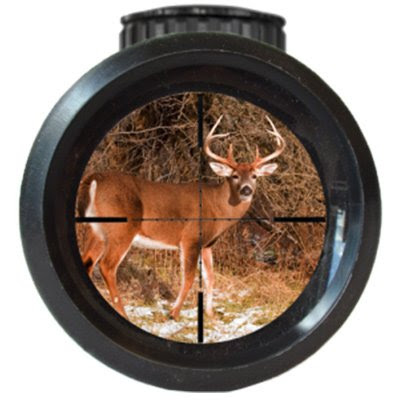Scope Lenses to Increase the Holder's Critical Hit Ratio
Scope Lenses when held increases the holder’s critical hit ratio by one step. It is a tier 2 exceptional drop that is accessible. It could be found as a drop from rare and uncommon boss Pokémon. Typically, only un-boosted and regular attacks result in critical hits. As a result, only attacks are affected by the critical-hit rate and critical-hit damage effects of Scope Lens.
Glass is used to make all telescopic lenses because it produces the most precise optical images. However, a certain quantity of light is always reflected away when it comes into contact with a glass surface. The brightness is affected because the reflection makes it harder for light to get through the lens.
The term “lens coating” describes the minuscule chemical layer applied to the scope’s air and the glass surfaces’ glare and light loss due to reflection decrease by coating the lens. Magnesium fluoride film is frequently used as a coating by scope manufacturers. In general, additional layers result in improved contrast and light transmission. The layers vary significantly in type, quantity, and quality and are expensive.
Here are some definitions of terminology frequently used to describe coating:
- Coated: At least one lens surface has a single coating layer.
- Fully Coated: A single layer covers every air-to-glass surface.
- Multicoated: Has at least one lens surface covered in more than one coating layer.
- Fully Multicoated: All air-to-glass characters have numerous layers of coating.
What serves as Scope Lenses?
A Pokémon holding the Scope Lenses has a higher probability of dealing a critical strike to the adversary.
Rifle scope objective lens
The light-collecting lens at the front of the rifle scope is called the Rifle scope objective lens. More light will enter the accurate lens range with a greater diameter. As a result, the image is brighter, and the exit pupil is more prominent. Objective lens diameters for riflescopes typically range from 32mm to 44mm.
The lenses are the most crucial components of the rifle scope. The objective lens is the bigger one. The end of the scope that is furthest from the stock of the rifle houses the objective lens. The ocular lens, which is the lens nearest to your eye, receives light to reflect it. The scope’s aim bell is where the objective lens is located, while the eyepiece is where the ocular lens is. The majority of rifle scope lenses are fog- and water-resistant.
Rifle scope lenses
Rifle scope lenses are typically smaller than those for binoculars. Similar to telescopes, rifle scopes operate. An internal point of the scope is the focus of light passing through the objective lens. The light coming from the focal point is magnified by the eye’s lens. That light is what you see when you look through a scope. Reticles, commonly referred to as crosshairs, are a feature of rifle scopes. These marks indicate the shooter exactly where the shot will land after the trigger is pulled.
Benefits of rifle scope lenses include:
- Effective for both long-range and ultra-long-range shooting
- Capable exit pupils for hunting in low light
- Ability to collect light while maintaining a proper balance
- An improvement in low-light image quality
- The ability to continue using greater magnifications when light decreases
Contact ScopeAid RX if you need to upgrade the optics on your scope. They focus on creating precise sporting optics and Scope Lenses to fulfill the visual needs of prize hunters and individual shooters. Champion target shooters, hunters, and experienced shooters made the ScopeAid lenses.
Also Check: How to Choose the Best Rifle Scope and Lenses?
Source URL: https://bit.ly/3FkxMLG




Comments
Post a Comment